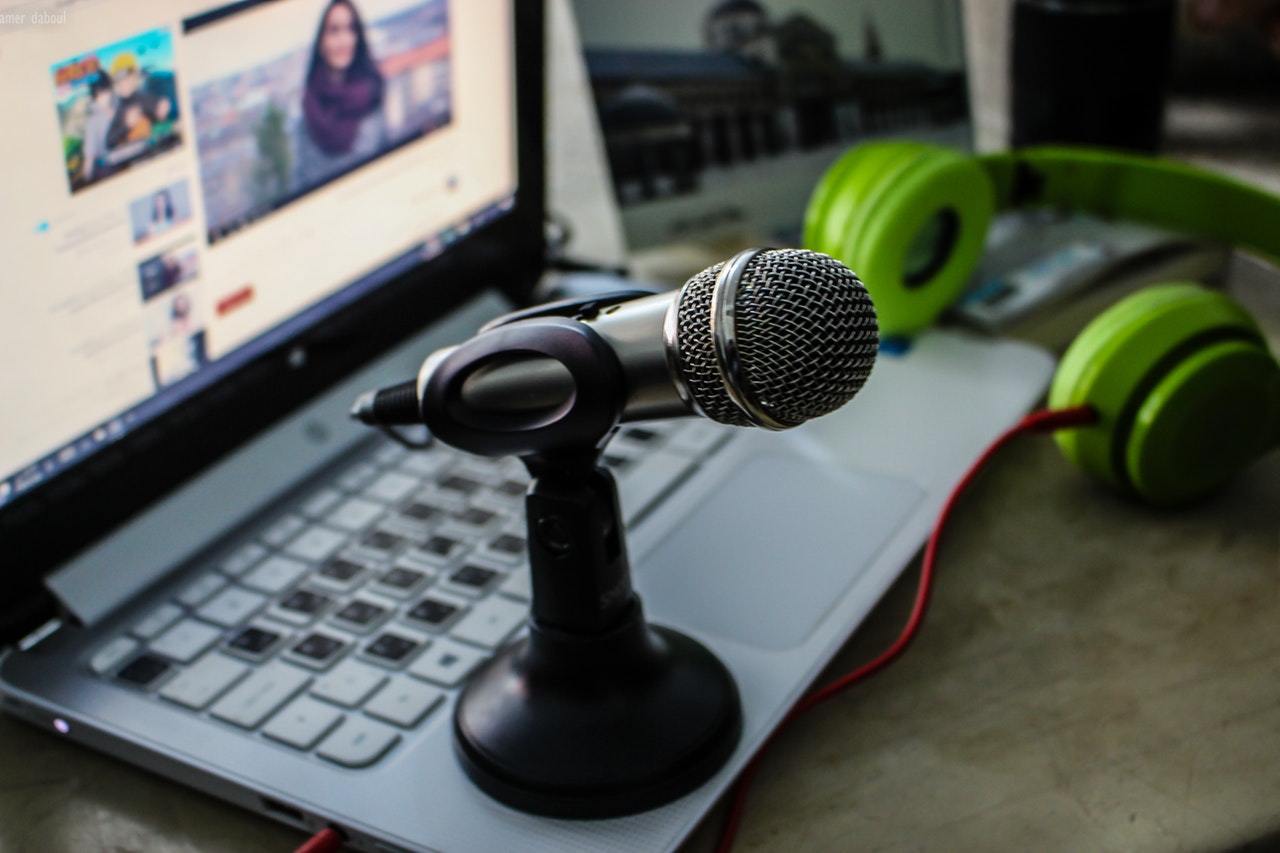No Special Tools Required
One of the latest features added to iLearn (Moodle) is the ability for students to submit audio recordings within the Moodle Assignment module. There are no special tools needed other than the native microphone on a Chromebook or mobile device. With the simple click of a button, the audio recorder will open for students to begin recording up to 5 minutes of audio.

The audio will be embedded in the student’s response, which could be accompanied by text. Students can also submit additional recordings within the same answer response. The audio response is then visible with an embedded player for the teacher to begin playing automatically upon clicking the play button.
Use Cases
Since this is part of the Assignment Module in iLearn (Moodle), the assignment could be graded with a pre-configured rubric, and the teacher could provide feedback within the module for the student to see. There are several use cases in which this feature might be beneficial. Here are just a few ideas:
- Elementary: allow students to record a read-aloud sample as part of a reading fluency assessment
- Music classes: allow students to submit a recording of a piece of music for music classes
- Special Education: empower students with writing disabilities to have the opportunity to express their understanding in ways other than writing
- World Languages: assess speech in world languages
- English Learners: empower students to be able to express their learning orally as well as in writing
Supporting Universal Design for Learning
In addition to this sparse list of possible uses cases, this feature also adds one more opportunity for alternative forms of expression for students, which is consistent with principles of Universal Design for Learning (UDL), as well as supporting research that suggests that providing the opportunity for multiple forms of expression can increase achievement in diverse student populations (see below).
A small collection of research related to the use of audio recording and other multimedia in meeting the needs of students:
Daiute, C., & Morse, F. (1994). Access to knowledge and expression: Multimedia writing tools for students with diverse needs and strengths. Journal of Special Education Technology, 12(3), 221-256.
Dalton, B., Tivnan, T., Riley, M. K., Rawson, P., & Dias, D. (1995). Revealing competence: Fourth-grade students with and without learning disabilities show what they know on paper-and-pencil and hands-on performance assessments. Learning Disabilities Research and Practice, 10(4), 197-214.
Dalton, B. D., Herbert, M., & Deysher, S. (2003, December). Scaffolding students’ response to digital literature with embedded strategy supports: The role of audio-recording vs. writing student response options. Paper presented at the 53rd Annual Meeting of the National Reading Conference, Scottsdale, AZ.
Dimitriadi, Y. (2001). Evaluating the use of multimedia authoring with dyslexic learners: A case study. British Journal of Educational Technology, 32(3), 265-275.
Gersten, R., & Baker, S. (2001). Teaching expressive writing to students with learning disabilities: A meta-analysis. The Elementary School Journal, 97(5), 475-500.
